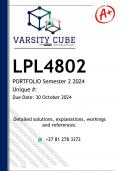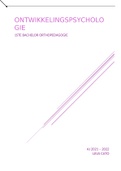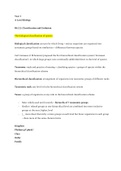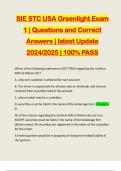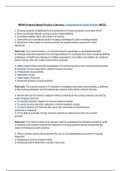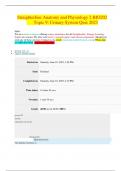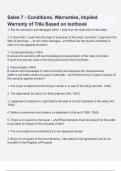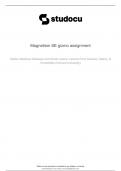Examen
LPL4802 PORTFOLIO (DETAILED ANSWERS) Semester 2 2024 - DISTINCTION GUARANTEED
- Cours
- Établissement
- Book
LPL4802 PORTFOLIO (DETAILED ANSWERS) Semester 2 2024 - DISTINCTION GUARANTEED - DISTINCTION GUARANTEED - DISTINCTION GUARANTEED Answers, guidelines, workings and references ,... QUESTION 1 (ESSAY) NATURE AND ASSESSMENT OF NON-PATRIMONIAL LOSS AND DAMAGES FOR PATRIMONIAL LOSS (4 pages, including ru...
[Montrer plus]
